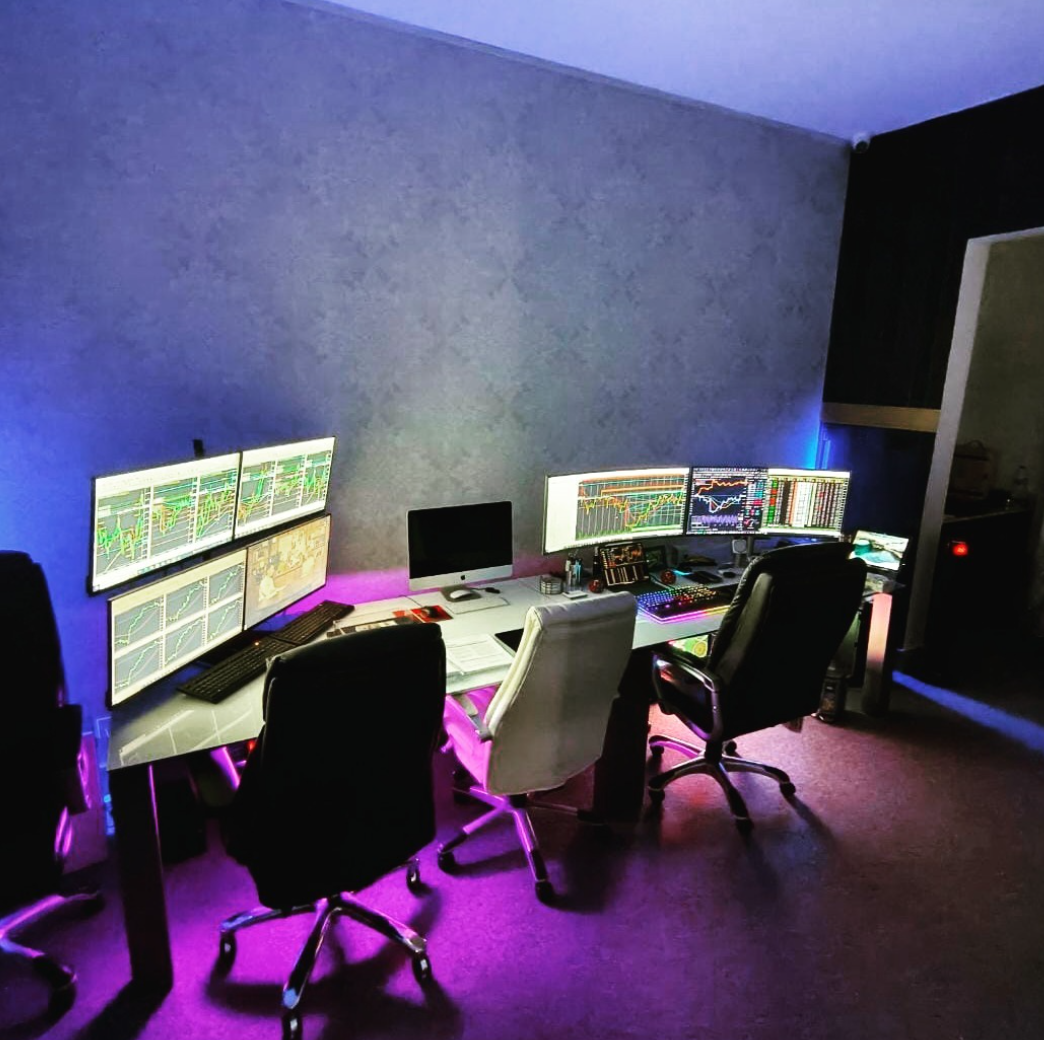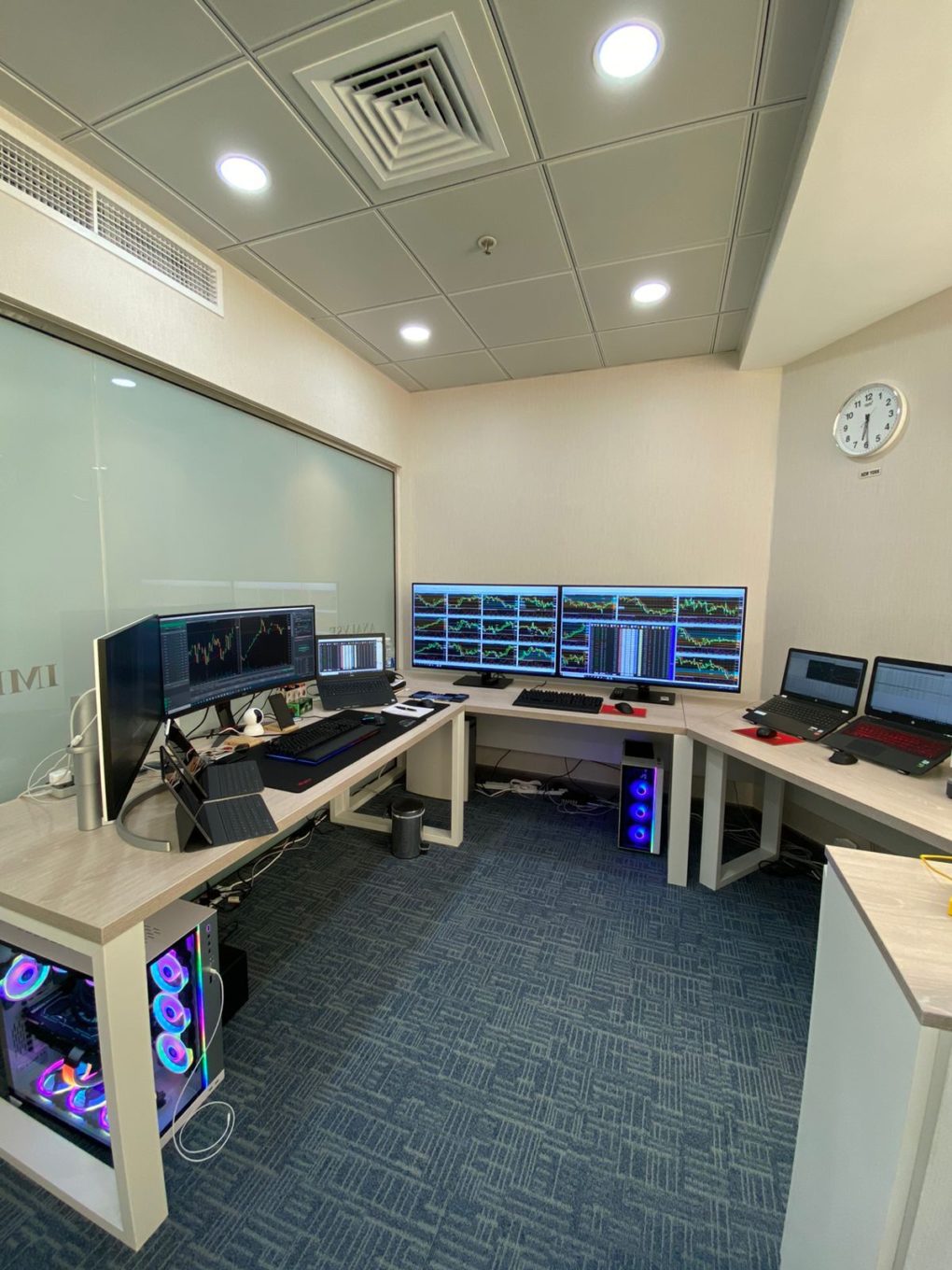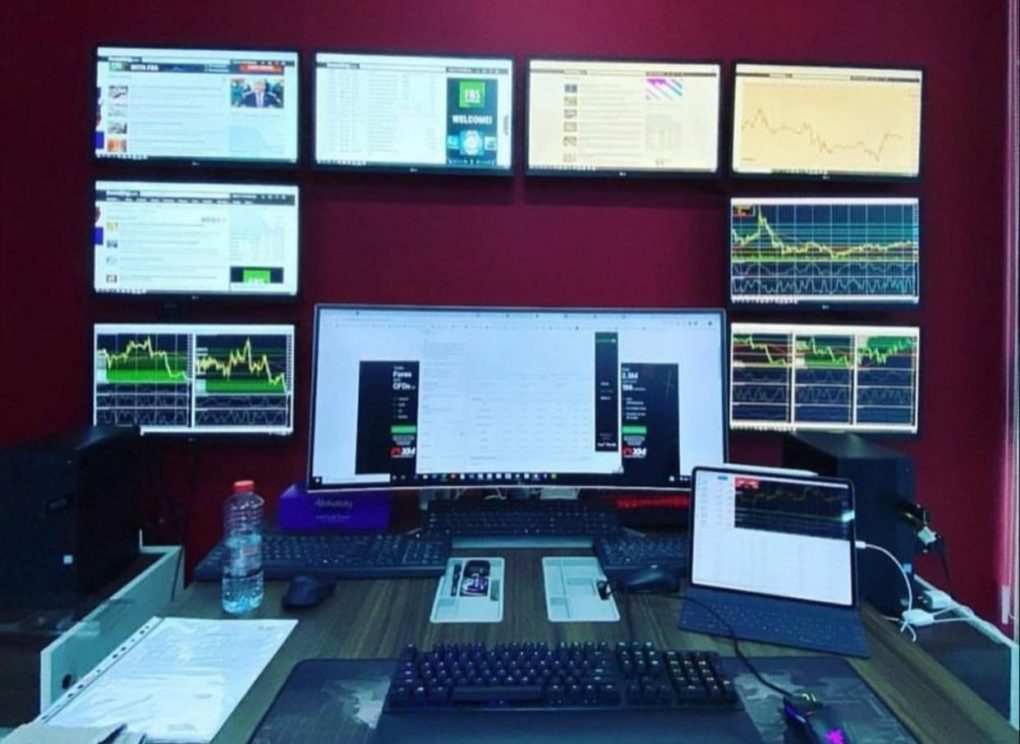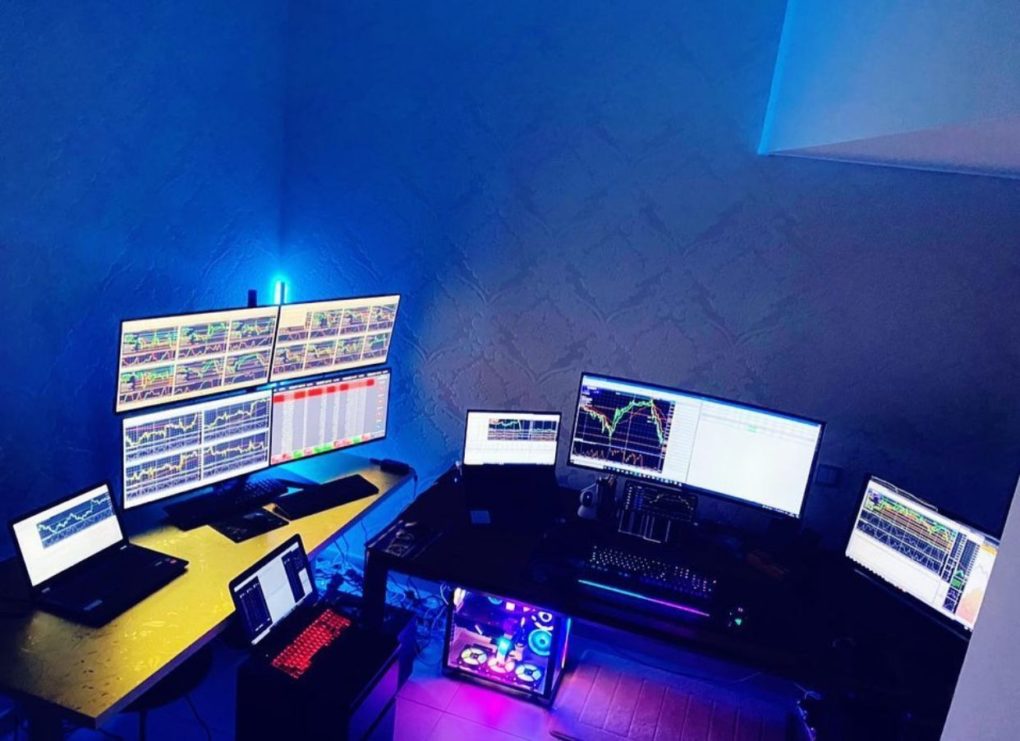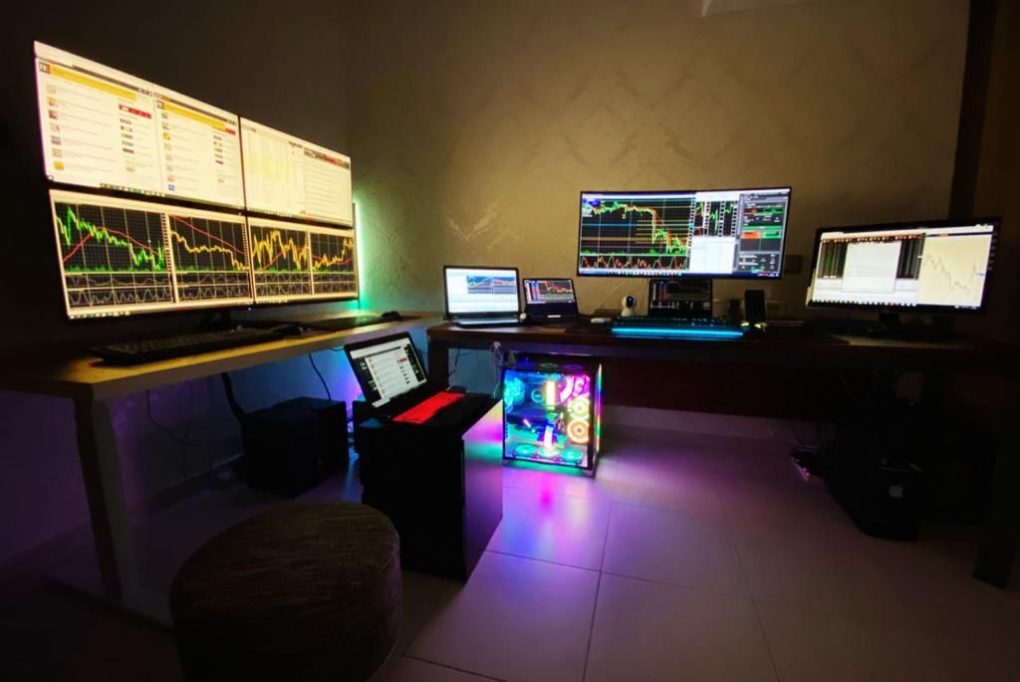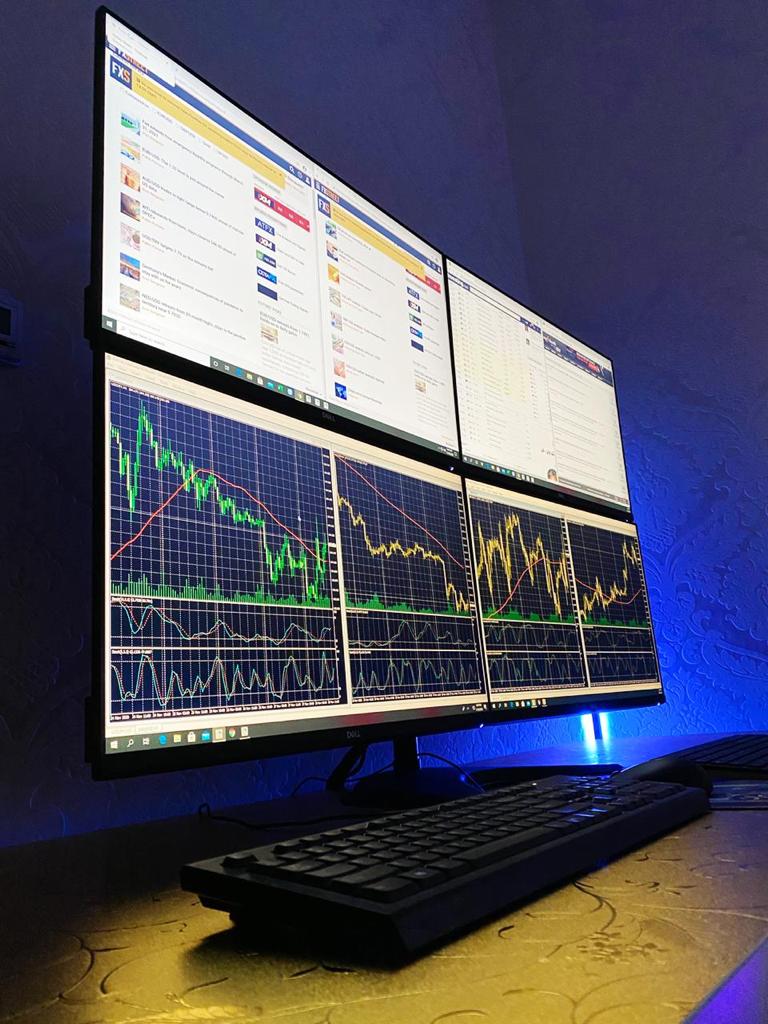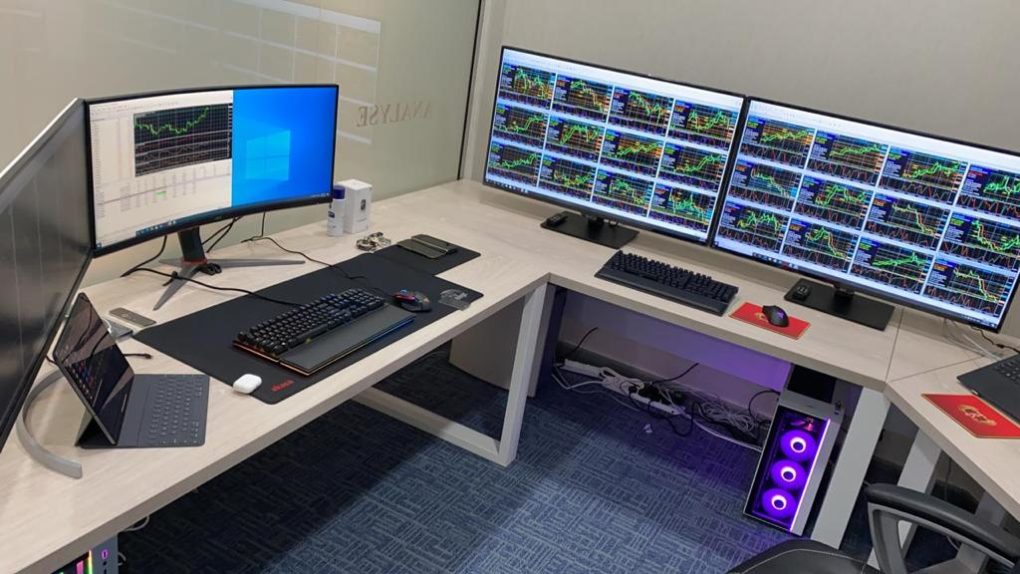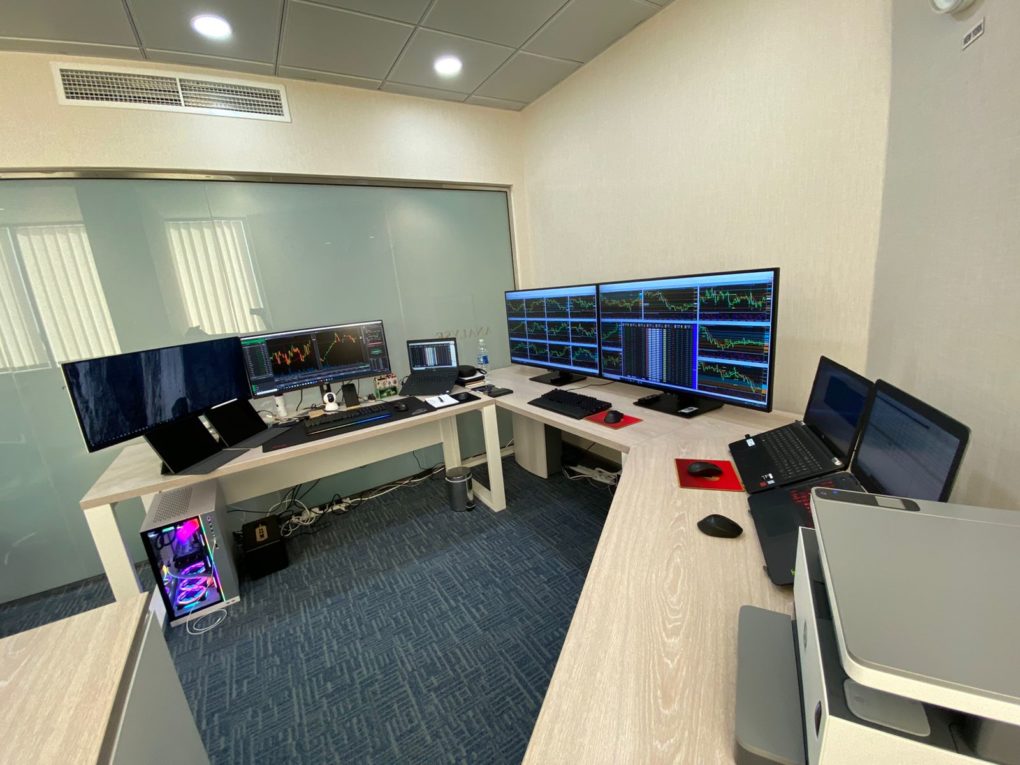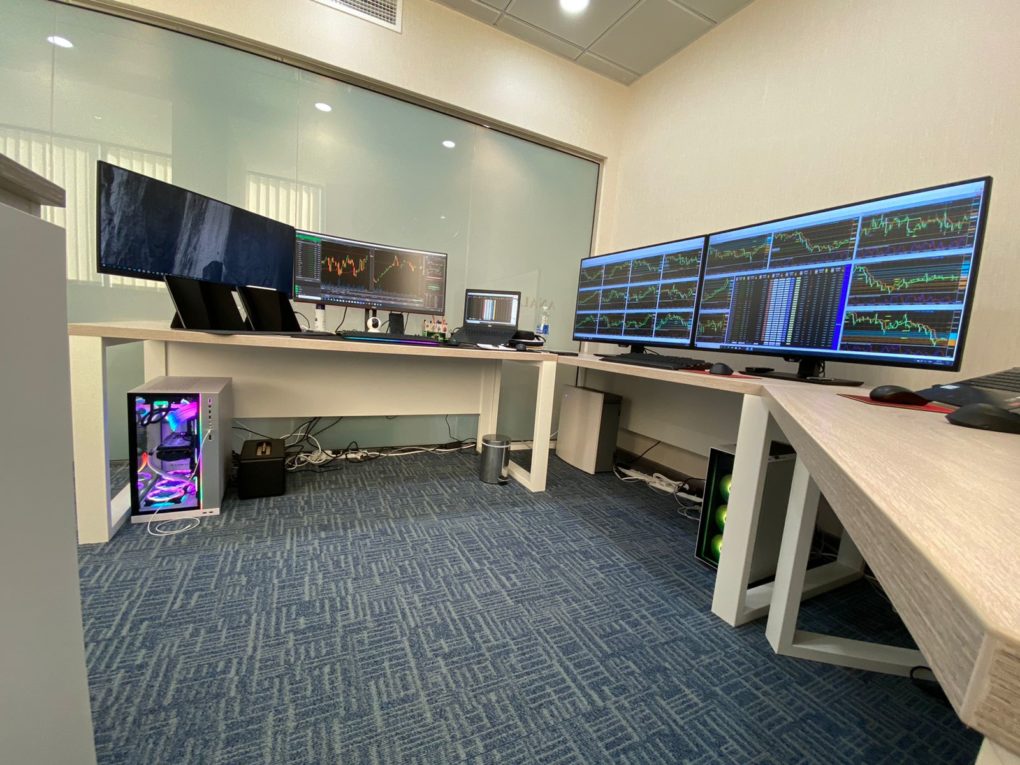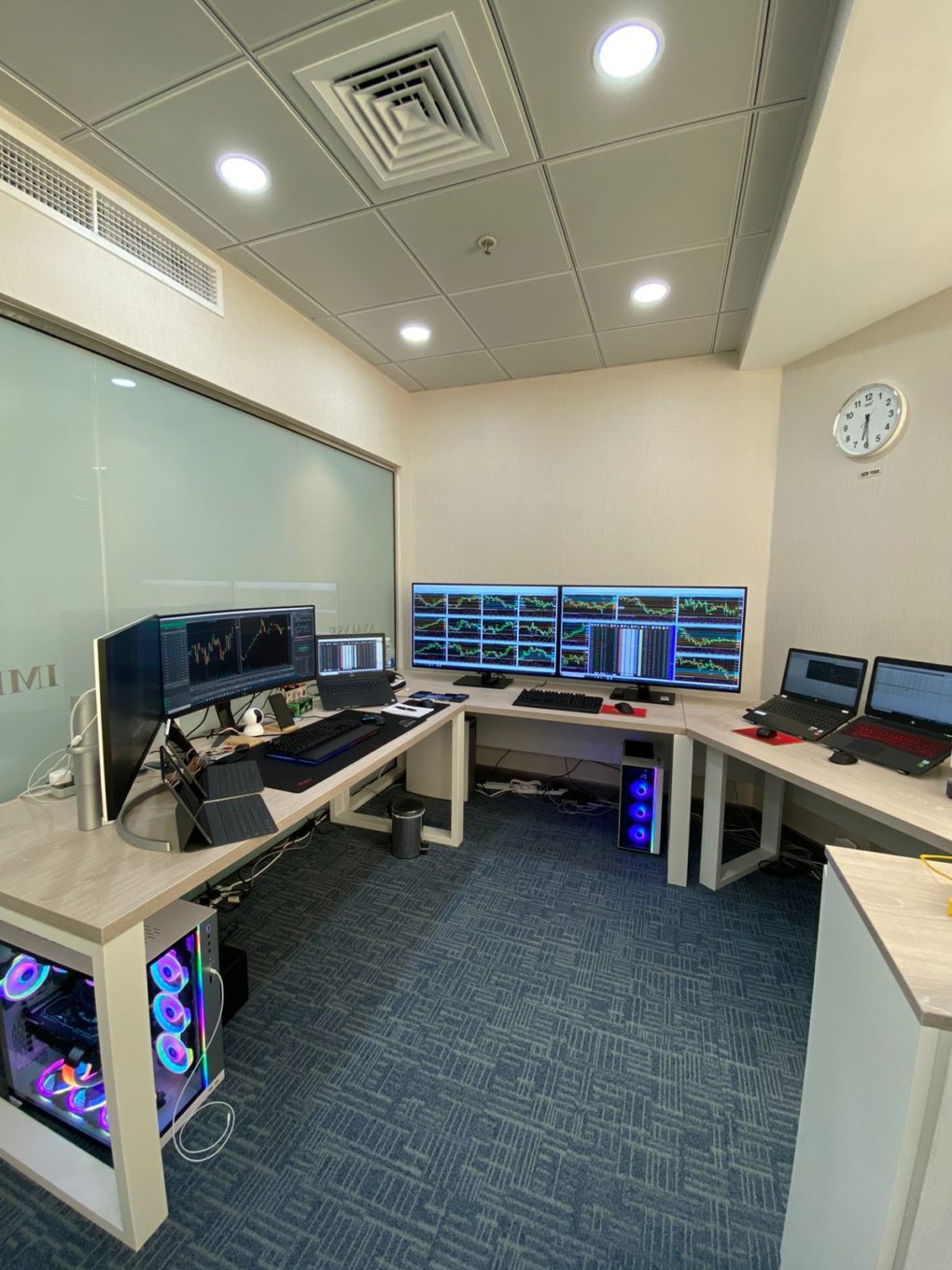Modern markets have evolved into vastly complicated organisms with thousands of data points competing for attention. It’s our job to transform this information flood into an efficient set of charts, tickers, indices and indicators that support our profit objectives. Part of this task requires observation of broad market forces, while the balance demands a narrow focus on specific securities used to execute our strategies.
Most traders have real-life jobs and responsibilities away from home, forcing them to access the markets through pint-sized smartphones, gathering the information needed to assume new risk and manage open positions to a profitable or unprofitable conclusion. These folks will benefit with the screen saving tips outlined in Top Strategies Remote Traders Should Follow.
A fortunate minority sits at home or in a proprietary shop and trades full time. These folks need more detailed on-screen information because they’re assuming greater risk. The additional data covers the same territory as the remote participant but in far greater detail. In addition, they need to set aside space for incubation of future opportunities, with a focus on market groups not currently being traded.
How many monitors do at-home traders need to watch the markets efficiently? The answer has changed over the years because monitor prices have dropped substantially while graphics cards now routinely support multiple monitor setups. Given the low cost, it makes sense to add as many monitors as you can fit comfortably in the space set aside for the function, while not exceeding your budget or your ability to promptly analyze the information you put on them.
Building Effective Trading Screens
Generally speaking, traders do a poor job capturing the three types of information needed to support a comprehensive visual analysis: market observation, position management and incubator. Each square inch of screen space wasted with unnecessary charts or data contributes to an incomplete view that can be costly in an active trading style. Nearly all traders have made the most common mistake at some point in the careers, i.e. loading up screens with too many charts and not enough tickers.
Reserve charting for must-watch tickers, with a second group set to different time frames that link to a single symbol from the watch list. If space is limited, add a time frame toolbar to fewer charts and flip through different settings on that chart. Specific time frames utilized for this analysis should match your market approach. While not set in stone, the following settings offer a good starting point:
- Scalpers: 5-minute, 15-minute and hourly charts.
- Swing Traders: 15-minute, hourly and daily charts
- Market Timers: hourly, daily and weekly charts or daily, weekly and monthly charts
Must-have charts may include the following:
- SP-500 futures or SPDR S&P 500 Trust (SPY) set to 15-minute time frame
- Nasdaq-100 Futures or Powershares QQQ Trust (Pwrsh QQQ SerI Shs) 15 m time frame
- S&P Volatility Index (VIX) set to 15-minute time frame
- 24-hour 15-minute charts of market moving securities, like Apple (AAPL
If possible, keep two sets of SP-500 charts, one for the U.S.-only session, starting at 9:30 am ET and ending at 4:15 pm ET, and a second 24-hour 60-minute futures chart that tracks overnight action in Asia and Europe (see Interpreting Overnight Action In The Index Futures). This second chart is enormously useful in getting up to speed when you open your workstation in the morning.
What about a real-time news ticker? This is a personal choice because some strategies rely on breaking news to execute positions, while the majority works perfectly well with a stand-alone third party service or a carefully curated Twitter stream. As a general rule, its best to keep news off your charting and data programs, saving the precious space for charts and security tickers.
Sample Setups
These images capture highlight methods to use screen space efficiently, regardless of the number of monitors used to watch the financial markets. The panels in these examples scale well when adding new screens, or when loading up a small laptop for travel. When pressed for space, reduce the number of charts and securities while keeping the entire set of indices and indicators.
The top panel (1) highlights major benchmarks, showing detailed information on the Dow Industrial Average, SP-500, Russell-2000 and Nasdaq indices. SP-500 and Nasdaq-100 futures contracts sit at eye level so traders can watch in real time during the market day. Open, high, low and last data columns reveal how current price is interacting with key levels, which also mark intraday support and resistance.
The center left panel (2) deconstructs the Level 2 market depth screen, eliminating extraneous columns in favor of a streamlined view that displays just price and size. Market center data is no longer useful because the vast majority of intraday transactions never make it to this screen, due to lightning fast high speed trading algorithms (HFT). The time and sales ticker on the right side has been reduced to core elements as well, showing just time, price and size.
The center right panel (3) displays a simplified portfolio view for long-term positions. It isn’t required but extremely useful when a position blows up and requires the trader’s attention. The lower panel (4) contains detailed information on open positions as well as securities being watched for entry. Price and percentage change measure intraday performance while volume and average volume reveal activity level, compared to prior sessions. Open, high, low and last columns replace charts in many cases, allowing easy visualization of the daily pattern.
Top left (1) and top right (2) panels display scaled down data on secondary ticker lists. These are compiled over time through news, scans, homework, media play and all the other ways we find interesting trade setups. Volume and average volume columns are especially important on these lists because they identify active securities in just a glance. The chart (3) links to tickers on all the panels through the green symbol in the upper left. Traders can also flip through time frames, from 2-minute to monthly, by clicking on the top toolbar.
Top left (1) and center left (2) panels display market internals and key indices not shown on the first screen. Learning to interpret this background information correctly takes time, but the effort is worthwhile because it builds significant tape reading skills. The top right (3) panel contains the same columns as other secondary lists but focuses on a specific market group … energy and commodities in this case. Finally, the bottom left (4) chart keeps a real-time VIX on display, while the bottom right chart (5) shows a core security you’ll watch for years or decades.

Customised Trading Machines by Piyush Ratnu with preloaded trading algorithms, indicators and expert advisors.
Contact for more details at info@piyushratnu.com

